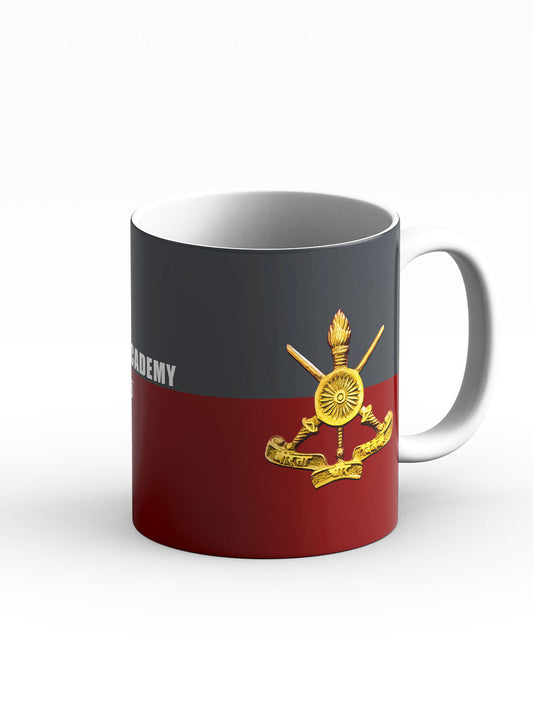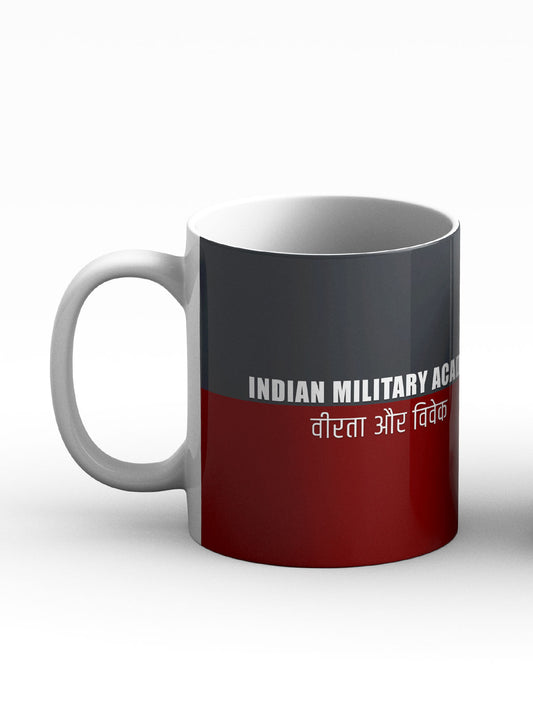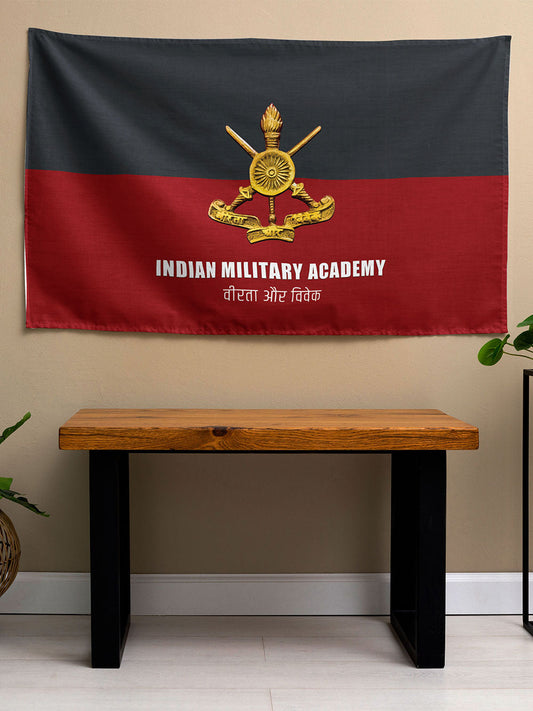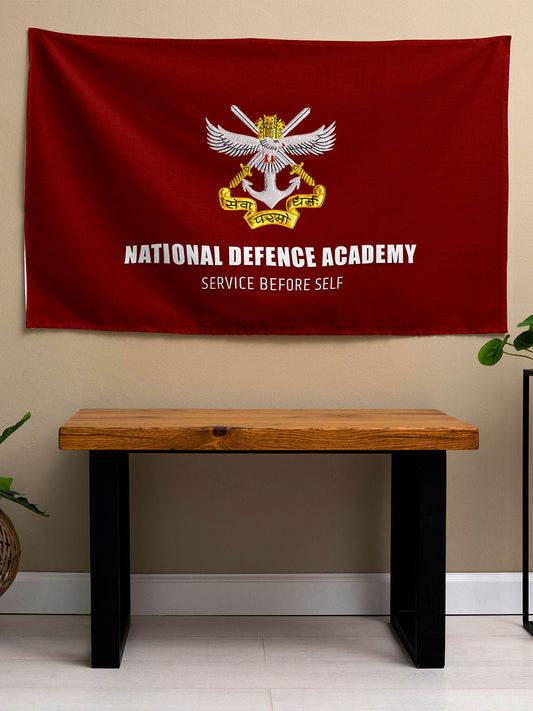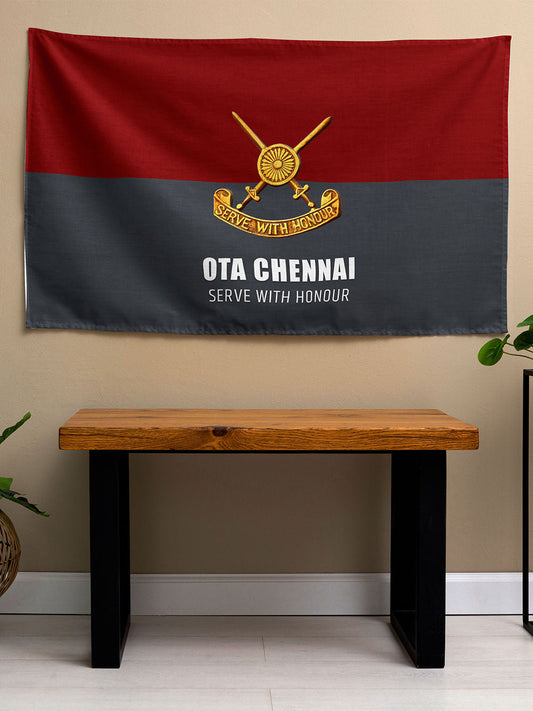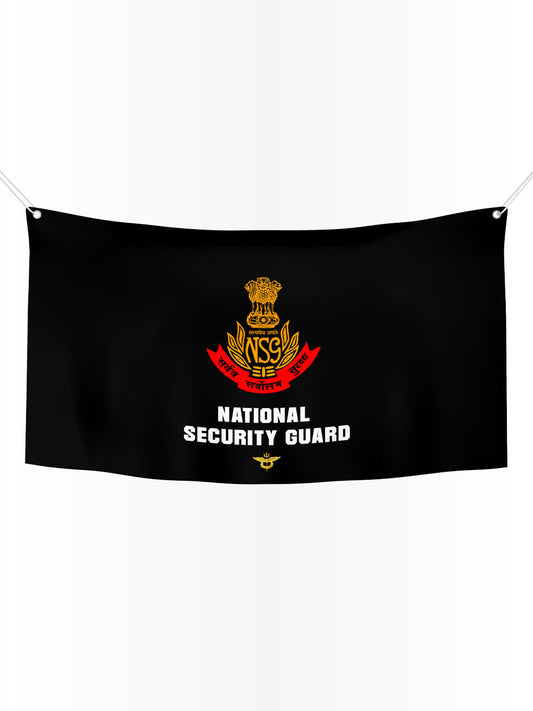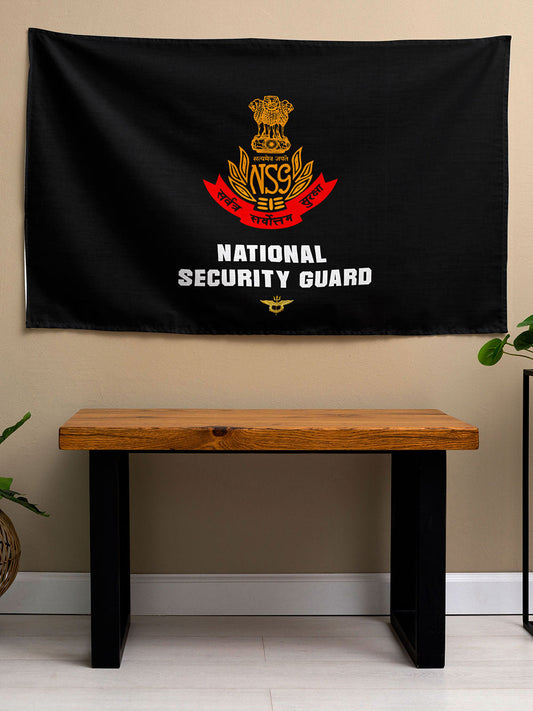U.S. Knew About Pakistan's Nuclear-Capable F-16s but Continued Arms Supply, Former CIA Officer Reveals

A former CIA counterproliferation officer, Richard Barlow, has made allegations that reignite discussions about U.S. foreign policy during the Cold War. According to Barlow, the U.S. knowingly allowed Pakistan to develop its nuclear weapons program in the 1980s, despite intelligence that its U.S.-supplied F-16 fighter jets were capable of deploying nuclear weapons.
In an interview with ANI, Barlow stated that successive U.S. administrations certified Pakistan as non-nuclear despite evidence to the contrary. He emphasized, "We knew all about the Pakistani nuclear weapons design, and we knew all about the F-16s... they were capable of delivering the Pakistani nuclear weapons as they existed at that time, without any doubt."
Washington’s Strategic Blind Eye
Barlow's comments shed light on a time when political considerations took precedence over nuclear non-proliferation efforts. He revealed that both the Reagan and Bush administrations chose to ignore intelligence warnings to maintain Pakistan’s cooperation during the Soviet–Afghan War. The Pressler Amendment mandated that the U.S. President certify annually that Pakistan did not possess nuclear devices to continue military aid. Despite increasing evidence, arms transfers persisted through the 1980s.
Barlow remarked, "All we could do was present the intelligence... what elected leaders chose to do after that was beyond our control."
Independent reports, such as Seymour Hersh's 1993 investigation in The New Yorker, corroborated these claims, revealing that U.S. satellites had detected Pakistan moving nuclear weapons to airbases housing F-16s, contradicting official certifications that Islamabad was non-nuclear.
The Brasstacks and 1990 Crises: Nuclear Tensions at Their Peak
Barlow associated these revelations with two significant nuclear tensions in South Asia. During Operation Brasstacks in the late 1980s, Pakistan interpreted India’s large-scale military exercises as potential invasion rehearsals. Barlow highlighted that by then, Pakistan had assembled deployable nuclear weapons, referencing Dr. Abdul Qadeer Khan’s 1987 claim of a bomb capable of deterring India.
Barlow recalled that the weapons Pakistan supposedly did not have were being paired with F-16s, based on satellite intelligence confirming such movements during the standoff.
In the early 1990s, another nuclear crisis brought India and Pakistan close to war. Recognizing the threat, U.S. officials sent Defence Secretary Robert Gates to reduce tensions. Barlow referred to this as “the most dangerous crisis since the Cuban Missile Crisis,” citing Pakistan’s fragile command-and-control systems as a significant risk for miscalculation.
Civilian Government Sidestepped
Barlow disclosed that during this period, Prime Minister Benazir Bhutto had minimal control over nuclear decisions in Pakistan, which were managed by military authorities led by General Mirza Aslam Beg and President Ghulam Ishaq Khan. He noted that this power structure increased the likelihood of unauthorized use or accidental escalation.
Institutional Suppression and Retaliation
Barlow’s commitment to transparency came with personal cost. While at the CIA and subsequently the Pentagon, he faced pressure from senior officials to downplay Pakistan’s nuclear advancements. When he refused to alter his reports, he lost his security clearance and was ultimately dismissed.
Barlow recalled being instructed by Deputy Assistant Secretary of Defence Edward “Skip” Gnehm to create a classified assessment of Pakistan’s nuclear capabilities, including its F-16 deployment potential. “They wanted me to change my report, but my analysis matched the CIA’s conclusions,” Barlow recounted. His refusal led to professional repercussions, but his claims were later confirmed by the State Department’s Inspector General, revealing systemic suppression of unwelcome intelligence.
A Cautionary Legacy
Reflecting on the era, Barlow highlighted that the U.S. played a role in enabling a potent nuclear program in South Asia, prioritizing short-term geopolitical benefits over long-term global security. He noted, “There were still people in the U.S. government who wanted to certify under the Pressler Amendment even after the bombs were built. They were panicking because they knew aid would be cut off.”
Barlow warned that while Pakistan’s nuclear arsenal has since become more advanced, the 1980s and early 1990s were fraught with secrecy, limited oversight, and unstable command systems, marking them as the most precarious years in South Asia’s nuclear history.
His revelations prompt further scrutiny of Washington’s dual approach to nuclear proliferation, the compromises made during the Cold War, and the long-term implications for stability in the South Asian region.



